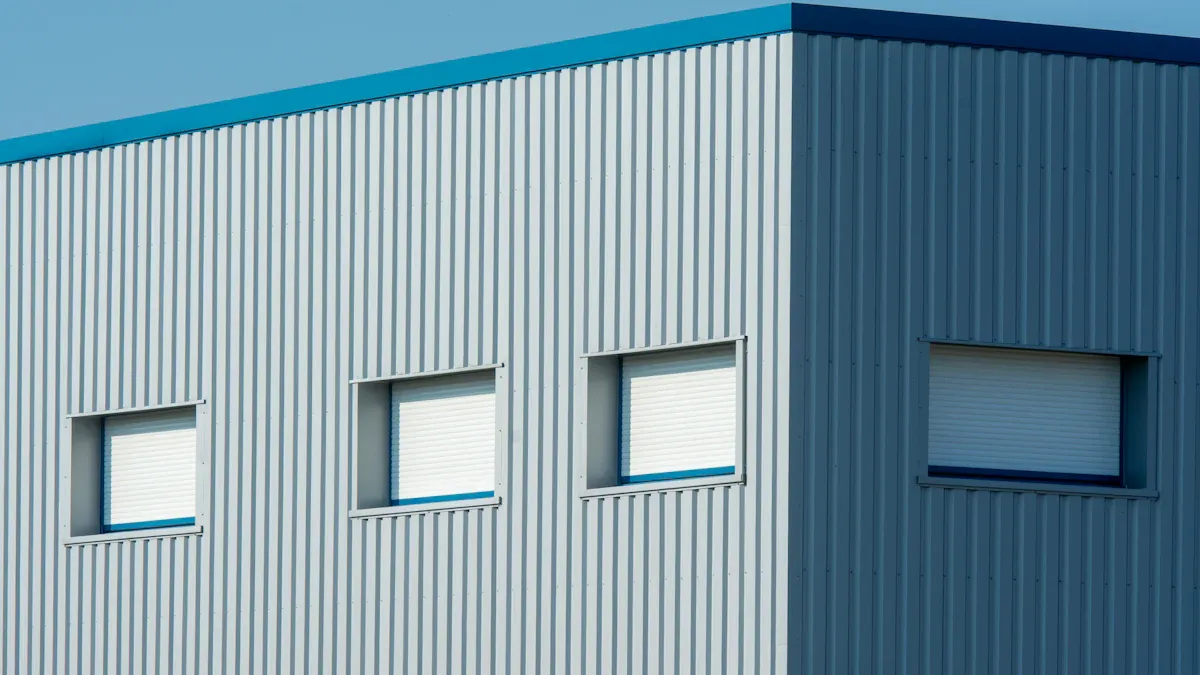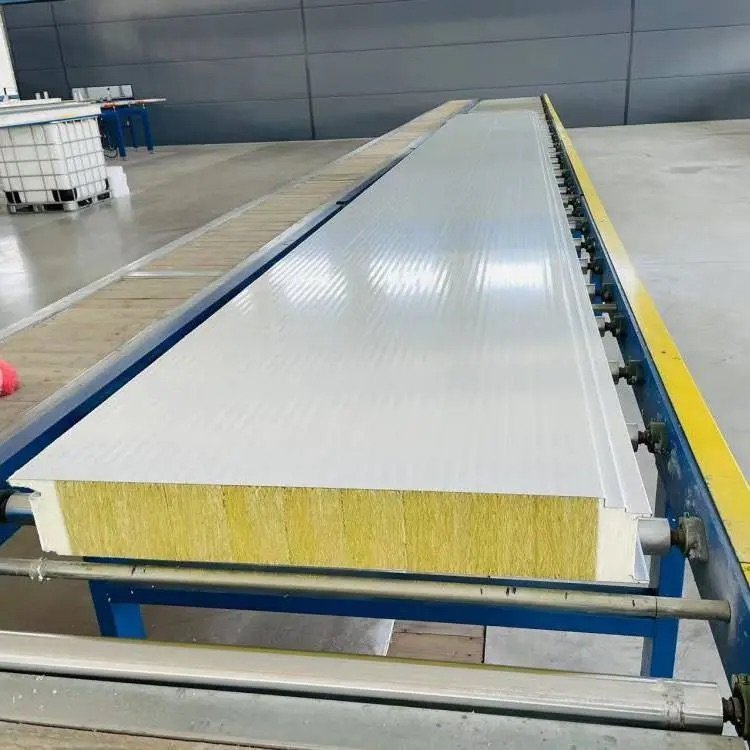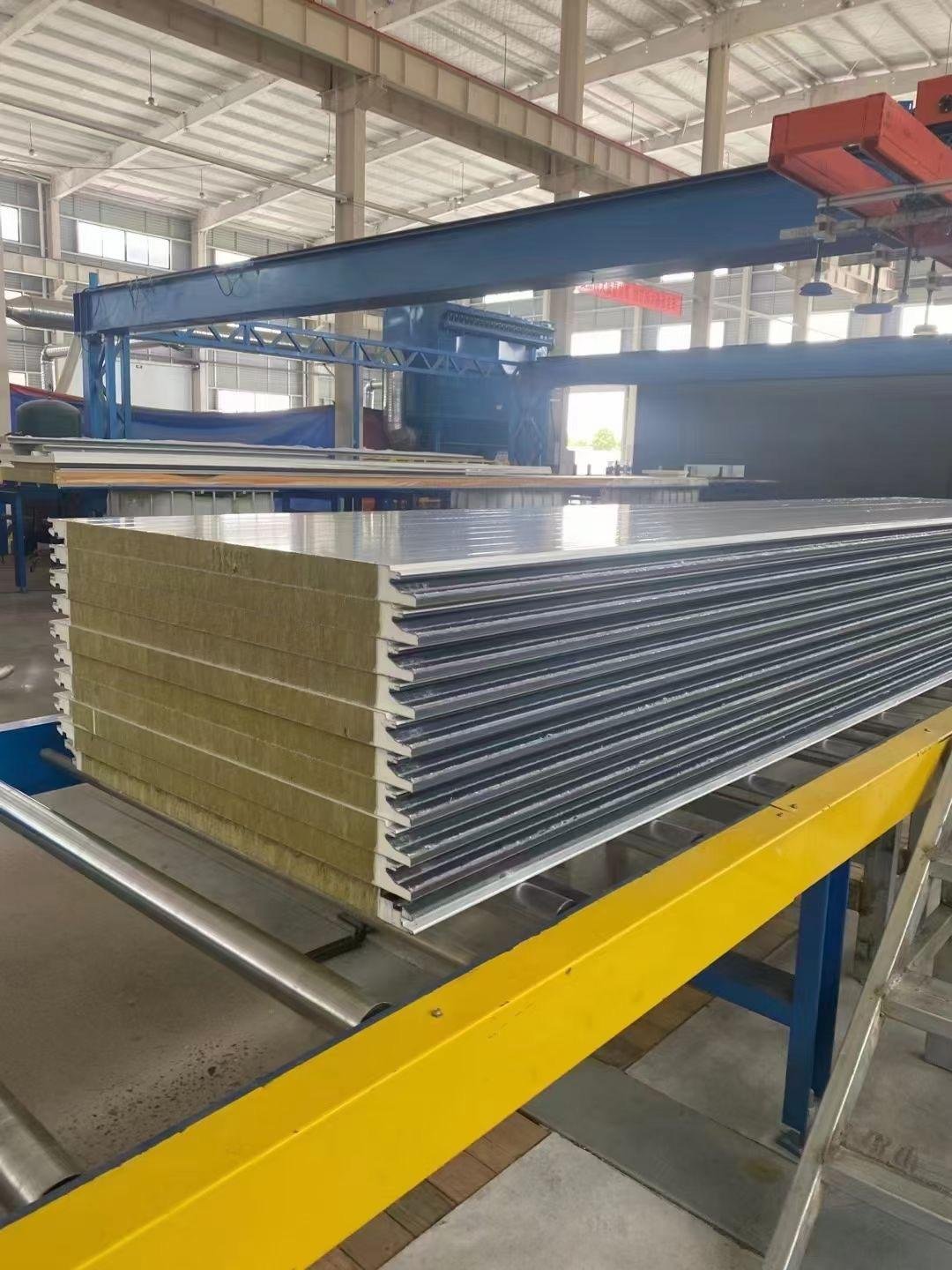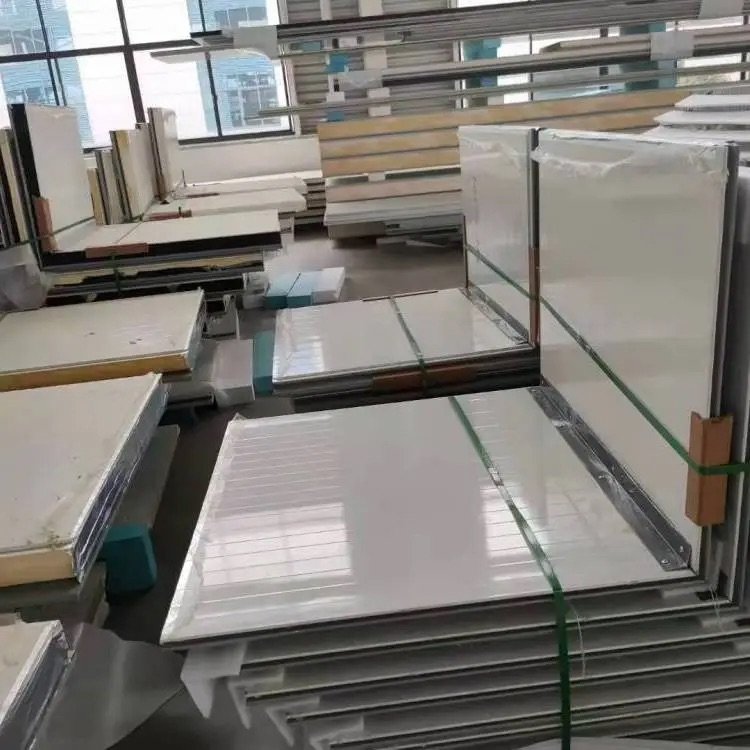
Fire resistance ratings show how well materials handle fire. These ratings are important for sandwich panels used in construction. Testing makes sure these panels are safe and work well in tough situations.
Newer buildings burn faster because of flammable materials. Flashover now happens in 5 minutes, not 29 like older buildings.
Fire-rated sandwich panels lower damage risks and save money.
Rules like UNE-EN 13501-1: 2019 explain fire resistance, smoke, and burning drops.
Certified sandwich panels are key in building safety. They follow rules, improve safety, and reduce dangers.
Key Takeaways
Fire resistance ratings are important for sandwich panels. They show how well materials handle fire, helping builders pick safer choices.
Certified sandwich panels reduce fire dangers and improve safety. They follow strict rules, ensuring they work well in emergencies.
Testing methods differ in how useful they are. Big tests show real-life results, but small tests might miss key problems.
Picking high-rated panels can save money and cut damage. They stop fire from spreading and lower harmful smoke during fires.
Always ask fire safety experts when choosing sandwich panels. Their advice helps meet safety rules and keeps buildings safer.
Understanding Fire Resistance Ratings

What Fire Resistance Ratings Measure
Time, temperature, and structural integrity
Fire resistance ratings show how materials handle fire over time. They check if sandwich panels stay strong and resist heat. Big fire tests help us see how panels act in fires. Small tests, like ISO 5660-1, often miss weak spots. These weak spots include joints and seals. Fires in real buildings heat panels from all sides. So, testing must consider these real-life conditions.
Test Type | Findings |
|---|---|
Full-Scale Fire Resistance | Shows how sandwich panels act during real fires. |
Small-Scale Tests | Miss real-world issues like weak joints and seals. |
Simulation Models | Must include building details for better fire predictions. |
Reaction to fire behavior and classifications
Reaction to fire checks how materials burn and make smoke. Sandwich panels are rated by how they spread flames or release heat. Standards like EN 13501-1:2019 group materials into classes. These range from A1 (won’t burn) to F (burns easily). Builders use these ratings to pick safer materials. This helps lower fire risks in buildings.
Importance of Fire Resistance Ratings for Sandwich Panels
Safety and performance in construction
Fire ratings keep sandwich panels safe and strong in fires. Poorly rated panels can make fires worse. Panels with flammable cores may fail as fire barriers. Choosing materials with good ratings is very important. It helps buildings last longer in fires. This gives people more time to escape and lowers damage.
Examples of fire risks mitigated by rated panels
Good-rated panels stop flames from spreading fast. They also cut down on toxic smoke. Studies show bad panels let flames escape through gaps. Certified panels with high ratings block flames and stay strong. They work well in places like factories and tall buildings.
Key Testing Standards and Certifications
Common Fire Testing Standards
Bs1d0 classification and its criteria
The Bs1d0 rating checks how materials behave in fires. It looks at flame spread, smoke, and dripping particles. Panels with this rating spread flames less and make little smoke. They also don’t drop flaming pieces that could start new fires. Builders use Bs1d0 panels in safe places like schools and hospitals.
FM Approvals and its global significance
FM Approvals tests products for strict fire safety rules. They check flame spread, heat release, and strength. FM-approved panels are trusted worldwide for safety. These panels lower fire risks in factories and offices. FM certification is popular for global building projects.
Regional and International Standards
European standards like EN 13501-1
EN 13501-1 is a key European fire safety rule. It ranks materials from A1 (won’t burn) to F (burns easily). Tests like EN 13823 measure flame spread and smoke. But test differences can cause mixed results. Simulations now help predict fire behavior cheaply and better.
American standards such as ASTM E84 and NFPA 285
ASTM E84 checks flame spread and smoke in materials. NFPA 285 tests how walls handle fire. Both are important for U.S. fire safety. Small test changes can affect results, so care is needed. These rules help builders pick safer materials.
Certification and Compliance
Role of third-party certifications
Third-party groups test panels for fire safety. Groups like FM Approvals and ISO give fair and trusted results. Certified panels pass tough tests for fire and strength. These certifications help builders and inspectors trust the panels.
Ensuring reliability and adherence to regulations
Certified panels work well in fires and follow safety laws. Rules like EN 13501-1 and ISO 13784-1 check flame spread, smoke, and dripping particles. Trusted certifications make buildings safer and lower risks.
The Fire Testing Process for Sandwich Panels

Key Testing Criteria
Flame spread and movement
Flame spread shows how fast fire moves on a material. Weak panels let flames spread quickly, risking building collapse. Tests check if panels stop flames, acting as barriers. Rules like EN 13501-1:2019 rank materials by flame resistance. This helps builders pick safer materials.
Smoke and harmful gases
Burning materials can make toxic smoke and block views. Tests measure how much smoke and gas panels produce. Panels with less smoke and fewer toxins make evacuations safer. Standards like EN 13823:2020 test smoke levels, helping choose safe materials.
Flaming drops and particles
Burning materials may drop flaming pieces, causing new fires. Tests check if panels release these dangerous particles. High-rated panels avoid flaming drops, stopping fire spread. This lowers risks in nearby areas.
How Fire Tests Are Done
Lab testing methods
Lab tests use controlled spaces to study fire resistance. Full-scale tests mimic real fires, testing panels under heat. Medium-scale tests, like EN 13823:2020, focus on flame and smoke.
Lab tests follow rules like ISO 13784-1:2014 and EN 13501-1:2019. But they may not fully match real-life fires, so other methods are needed.
Real-world fire simulations
Simulations show how panels act in real buildings. They test panels in walls, roofs, or ceilings during fires. Simulations mix lab data with real conditions for better results. They also fix gaps in standard tests, showing fire risks and strength.
Reading Fire Test Results
Ratings and what they mean
Fire tests rate panels by flame, smoke, and heat resistance. Ratings like A1 (won’t burn) or Bs1d0 (low smoke, no drops) help builders pick the right materials. These ratings make choosing safer options easier.
Use in construction
Fire test results help builders choose materials for projects. High-rated panels improve safety in schools, hospitals, and factories. They lower fire risks, protect people, and reduce damage. Builders use these results to meet safety rules and build better.
Standard | What It Tests |
|---|---|
ISO 13784-1:2014 | Tests fire performance of sandwich panels. |
EN 13501-1:2019 | Rates fire safety of building parts. |
EN 13823:2020 | Medium-scale test for panels, showing low repeatability. |
Importance of Certified Sandwich Panels
Safety and Compliance Benefits
Lowering fire risks in buildings
Certified sandwich panels help reduce fire dangers in buildings. Panels with fireproof surfaces and safe cores block flames. They also slow heat movement, keeping areas safer. But panels with flammable insulation may fail to protect well.
“Tests show panels with fireproof faces but flammable cores fail. They don’t block fire and add fuel to flames.”
Fire-rated panels are safer in places with flammable items. They also keep indoor spaces comfortable by holding steady temperatures.
Following fire safety rules
Certified panels meet strict fire safety laws. Rules like EN 13501-1:2019 and UNE-EN 14509:2014 test fire behavior. These tests ensure materials follow legal safety standards. Builders using certified panels show they care about safety. This lowers risks and builds trust.
Standard | What It Tests |
|---|---|
ISO 13784-1:2014 | Checks fire safety of sandwich panels. |
EN 13501-1:2019 | Rates how materials behave in fires. |
EN 13823:2020 | Adds extra fire behavior ratings. |
UNE-EN 14509:2014 | Sets rules for insulated panels with CE marking. |
Performance and Long-Term Value
Strong and reliable panels
Certified panels are tough and resist fire well. Their strength depends on core type, thickness, and outer layers. Rockwool panels are great for fire safety. PU/PIR panels balance heat control and fire resistance. These panels last long and work in tough conditions.
Real-life examples of panel success
Certified panels work well in many places. Factories, schools, and hospitals use them for fire safety. In risky areas, they stop flames and cut smoke. This protects people and property. Their strength and safety make them a top choice for important buildings.
Fire resistance ratings are important for keeping sandwich panels safe. They show how materials act during fires, helping builders choose wisely. Testing and certifications check if panels meet strict safety rules.
Certified panels give strong fire protection and last a long time. They work well in real-life situations, making them a smart pick for building projects. Choosing certified panels makes buildings safer and gives everyone more confidence.
FAQ
What are sandwich panels made of?
Sandwich panels have two outer layers and a middle core. The outer layers are usually metal. The core can be materials like polyurethane (PU), polyisocyanurate (PIR), or mineral wool. These materials affect fire safety and heat control.
How do fire resistance ratings help in construction?
Fire resistance ratings show how long materials resist fire. Builders use these ratings to pick safer materials. High-rated panels slow flames, make less smoke, and stay strong during fires.
Are all sandwich panels fire-resistant?
Not every sandwich panel resists fire. Fire safety depends on the core and outer layers. Panels with mineral wool cores resist fire better than PU or PIR cores.
Why are certifications important for sandwich panels?
Certifications prove panels meet fire safety rules. They ensure materials follow laws and are reliable. Certified panels lower fire risks and make buildings safer.
How can builders choose the right sandwich panels?
Builders should check fire ratings, certifications, and core materials. Panels with high ratings and trusted certifications, like FM Approvals or EN 13501-1, are safer and work better.
Tip: Always ask fire safety experts when choosing sandwich panels for important projects.







